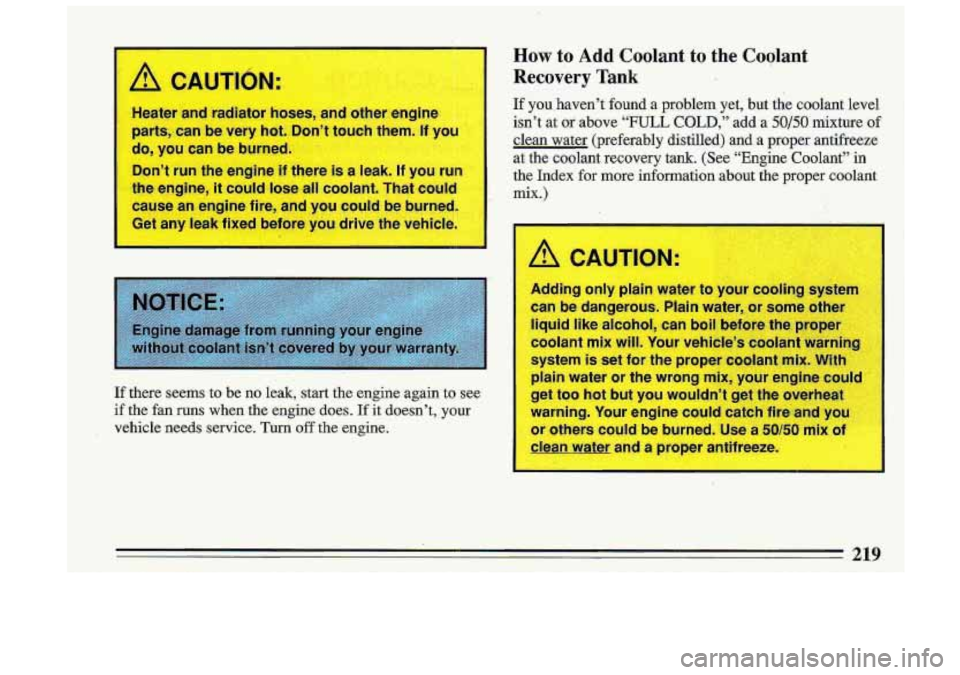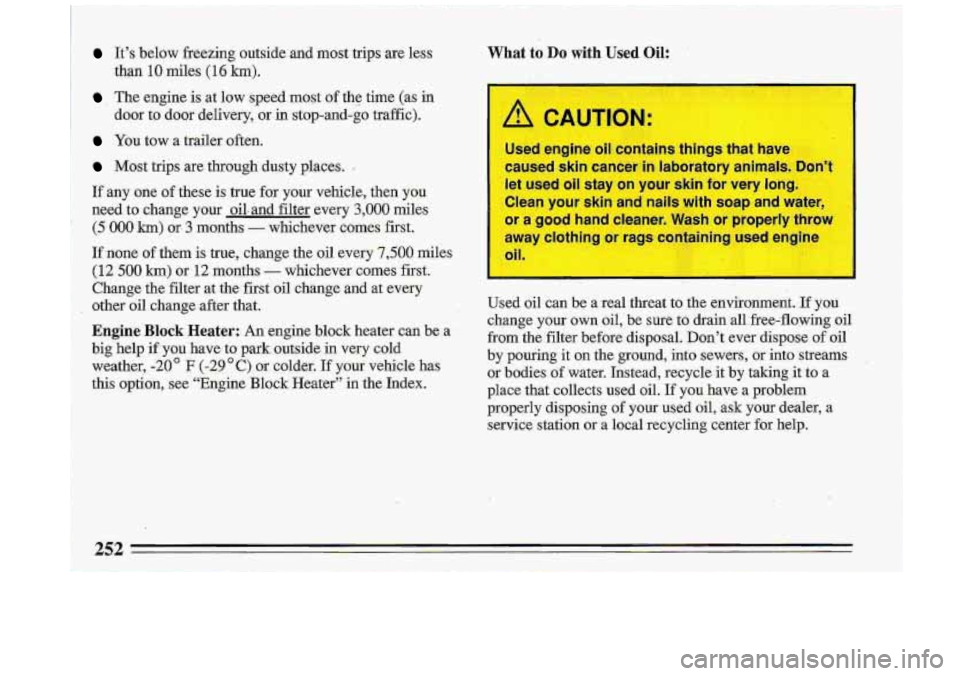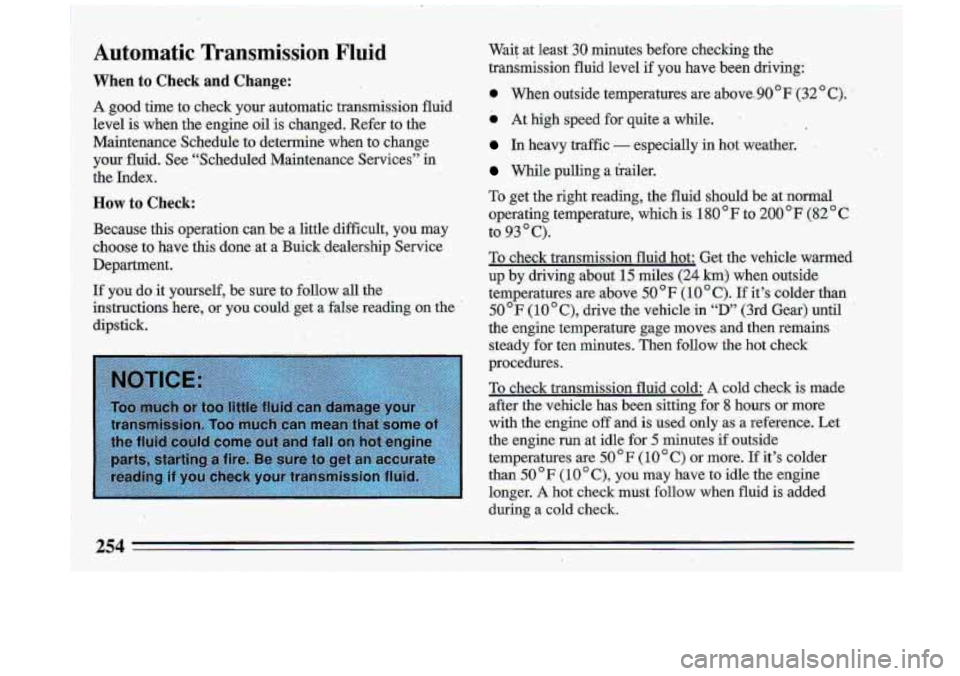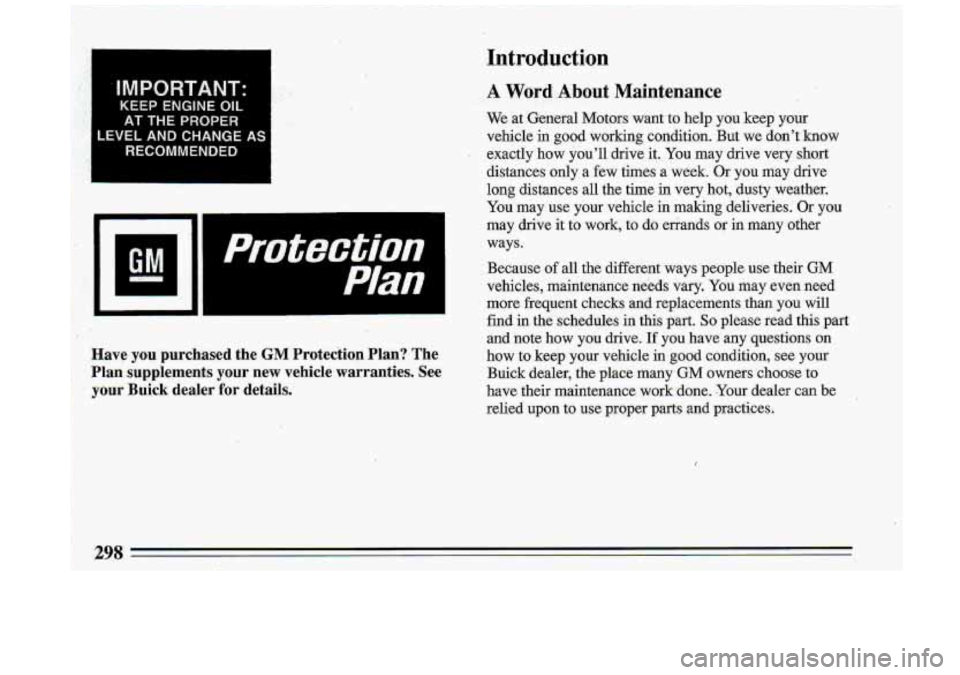Page 14 of 340

Vehicle Symbols . , . '
mcese are some .of the,symbols you will find on your vehicle. . ' . '".' . '*
I. .. . .- . .* . t . . :.
.. ... .. , I. .'
For example,
these symbols
'
are used on an
original battery:
CAUTION
INJURY
..
POSSIBLE: .' A
.' PR~TECT @
EYES BY
SHIELDING
CAUSTIC
ACID COULD
&
BATTERY CAUSE
BURNS
SPARKS AVOID
OR '"8
FLAMES
COULD
EXPLODE BATTERY
I,
These symbols
are
important
for you.and.
your passengers
whenever your
vehicle-is- ' .
driven: ~ , E , .. , .,
iI
..
DOOR LOCK,' f 1
UNLOCK e
SEAT,
BELTS
WlNDOW
f -1
POWER
These symbols, . _.
have to'do with , .
your lights: ' ,. , - .<
*_
' 'LIGHTING
-8-
MASTER %. . 8
. 'SWITCH /., .
PARKING pf
LIGHTS
HAZARD
WARNING
:A
FLASHER
HIGH
'IGHTS BEAM OR = =o
,. T.hese symbols ',
are on some bf
your controls.:
WIN'DSHIELD. ' ' ' 0- c,
WIPER a Q
WINDSHIELDQ WASHER
** ri I91
WASHER I
. WlNDSHlELD(fji)
DEFROSTER
,) .
WINDOW
DEFOGGER
' WASHER EG
HEADLAMP -
WIPER
These symbols
are used on '
,warning and
indicator lights:
RADIATOR COOLANT
FUEL
ENGINE OIL 'e,
PRESSURE
TEMP
Oli 4%
ANTILOCK. (a)
BRAKE
Bere are some
other symbols
,you may see:
FUSE
RADIO.
CONDITIONING ..
TRUNK
HATCHBACK
e
RELEASE --
LIGHTER e,
SPEAKER
b
?
Page 119 of 340
3. If you make a hard stop, the light may come on for a
moment. I
But, when
isn't going
low on oil, this light comes
on and
stays, on, it meansoil
through your engine properly.
You could be
or yoimight have some other oil prGblem.
You can. also read your oil
pressure .directly
fmrn the
gage.- on your instrument
panel.
:. . ;
A CAUTION:
Don't keep driving if the oil pressure is low. If
you do, your engine can become so hot that i,
catches fire. You or others could be burned.
Check your
oil as soon as possible and have
your vehicle serviced.
I
., I
117
Page 221 of 340

1
I
11 parts, can be very hot. Don’t 1 Ich them. I
do, you can be burned.
Don’t
run the engine if ther I leak. If yo
the engine,
it could lose all coolant. That could
cause an engine Pire, and you could be burned.
Get any leak fixed before you drive the vehicle.
If there seems to be no leaK, start tne engine again to see
if the fan runs when the engine does. If it doesn’t,, your
vehicle needs service. Turn
off the engine.
How to Add Coolant to the Coolant
Recovery Tank
If you,haven’t found a problem yet, but the coolant level
isn’t at or above
“FULL COLD,” add-a 50/50 mixture of
clean water (preferably distilled) and a proper antifreeze
at the coolant recovery tank. (See “Engine Coolant’’ i\
n
the Index for more information about the proper coolant
mix.)
can be dangerous. Plain water, or some other I
liquid like alcohol, can boil before the, proper
coolant mix will. Your vehicle’s coolant warning
system
is set for the proper coolant mix. With
plain water
or the wrong mix, your engine could
get too hot but you wouldn’t get the overheat
warning. Your engine could catch fire.and you
or others could be burned. Use a 50/50 mix of
clean
---- s-- -1 a proper antifr ze.
5
219 1 i
Page 251 of 340
Engine OiI
If the "LOW OIL" light on '
the instrument panel comes
on, it means .you need to
check your engine oil level
right away. You should
check your engine oil level
regularly; the light
is an
added reminder.
It's a good idea to check your engine oil every time you
get fuel. In order to get an accurate reading, the oil must
be warm and the vehicle must be on level ground. From the front, you'll
see
your oil hpstick to the left
of 'the air cleaner. Turn off
the engine and give the oil a
fe.w minutes.
to drainget
back down-into the
oil pan.
If
you don't, the oil dipstick
might not show the actual
h%l.
To Check Engine Oil: Pull
out the dipstick slightly.
Pinch the ,end of the
dipstiek tube as you remove
the dipstick to wipe the oil
fi-om it. Then,push it' all the
way back
in. No.w, remgve
it without pinching the tube,
keeping the tip lcmer.
Page 254 of 340

It’s below freezing outside and most trips are less:
than
10 miles (16 km).
. The engine is -at low .speed most of the time (as in
door
tp door delivery, or in stop-and-go traffic).
You tow a trailer often.
Most trips are through dusty places.
If -any one of these is true for your vehicle, then you
need-to change
your oil.and filter every 3,000 miles
(5 000 km) or, 3 months - whichever comes first.
If none of them is true, change the oil every 7,500 miles
(12 -500 km) or 12 months - whichever comes first.
Change the filter at the first oil change and
at every
other oil change after that.
Engine Block Heater: An engine block heater can be a
big help if-you have
to park outside in very cold
weather,
-20 * F (-29 C] or .colder. If your vehicle has
this option, see
“Engine Block Heater” in the Index.
What to Do with Used Oil:
Used engine oil contains things that have
caused skin cancer in laboratory animals.
Da
let used oil stay on your skin for very long
Clean your skin and nails with soap and water,
away clothing or rags containing used engine
0
lr a good hand cleaner. Wash or properly throw
I
..
Used oil can be a real threat to the environment. If you
change your
own oil, be sure to drain all free-flowing oil
Erom the filter before disposal. Don’t ever dispose of oil
by pouring
it on the ground, into sewers, or into streams
or bodies of water. Instead, recycle it by taking it.to a
place that collects used oil. If you have a problem
properly disposing of your used oil, ask your dealer, a
service station or
a local recycling center for help.
252
Page 256 of 340

Automatic Transmission Fluid
When to Check and Change:
A good time to check your auiomatic transmission fluid
level is when the engine oil is changed. Refer to the
Maintenance Schedule to determine when to change
your fluid. See “Scheduled Maintenance Services” in
the Index.
How to Check:
Because this operation can be a little difficult, you may
choose to have this done at
a Buick,dealership Service
Department.
If
you do it yourself, be sure to follow all the
instructions here, or you could get a false reading on the
.
dipstick. Wait
at least
30 minutes before checking the
transmission fluid level
if you have been driving:
0 When outside temperatures are above. 90 F ‘(32 C);
0 At high speed for quite a while. I
In heavy traffic - &specially in hot weathEr.: . .
While pulling a trailer.
To get the right reading, the fluid should be at normal
operating temperature, which is
180 F to 200 *F (82 C
To check transmission fluid hot: Get the vehicle ‘warmed
up
by driving about 15 miles (24 krn) when outside
temperatures are above
50 F (1 0 C). If it’s colder than
50 F ( 10 C), drive the vehicle in “D” (3rd Gear) until
the engine temperature gage moves and then remains
steady for ten minutes. Then follow the hot check
procedures.
To check transmission fluid cold: A cold check is made
after the vehicle has been sitting for
8 hours or more
with the engine
off and is used only as a reference. Let
the engine run at idle for
5 minutes if outside
temperatures are
50 F (10 C) or more. If ‘it’s colder
than
50 OF (10 * C), you may have to idle the engine
longer.
A hot check must €0110~ when fluid is added
during
a cold check.
..
to 93 C).
254
Page 259 of 340
er to your cooling system
can be dangerous. Plain water,
or some other
liquid like alcohol, can boil before the proper
coolant mix will. Your vehicle’s coolant warning
system
is set for the proper coolant mix. Wi’th
plain water or the wrong mix, your engine could
get
too hot but you wouldn’t get the overheat
warning. Your engine could catch fire and you
or others could be burned. Use a
50/50 mix of
clean water and a proper antifreeze.
257
Page 300 of 340

IMPORTANT:
KEEP ENGINE OIL
AT THE
PROPER
LEVEL AND CHANGE AS
RECOMMENDED
Plan I
Have you purchased the GM Protection Plan? The
Plan supplements your new vehicle warranties. See
your Buick dealer for details.
Introduction
A Word About Maintenance
We at General Motors want to help, you keep your
vehicle in good working condition. But we don’t know
exactly how you’ll drive it. You may drive very short
distances only a few times’ a week. Or you may drive
long distances all the time in very hot, dusty weather.
You may use your vehicle in making deliveries. Or you
may drive it to work,
to do errands or in many other
ways.
Because
of all the different ways people use their GM
vehicles, maintenance needs vary. You may even need
more frequent checks and replacements than
you will
find
in the schedules in this part. So please read this part
and note how you drive. If you have any questions
on
how to keep your vehicle in good condition, see your
Buick dealer, the place many GM owners thoose to
have their maintenance work done. Your dealer can be
relied upon to use proper parts and practices.